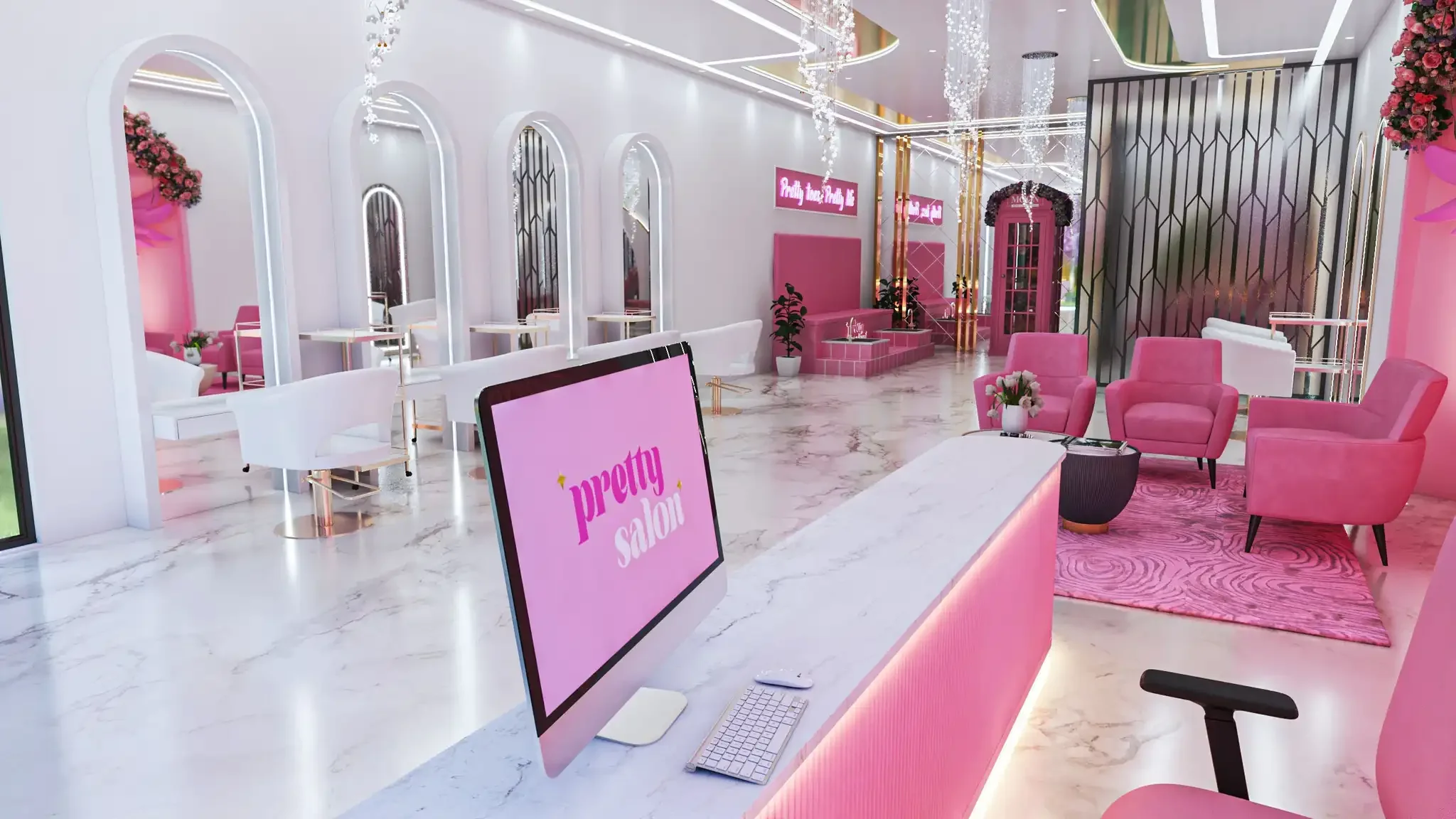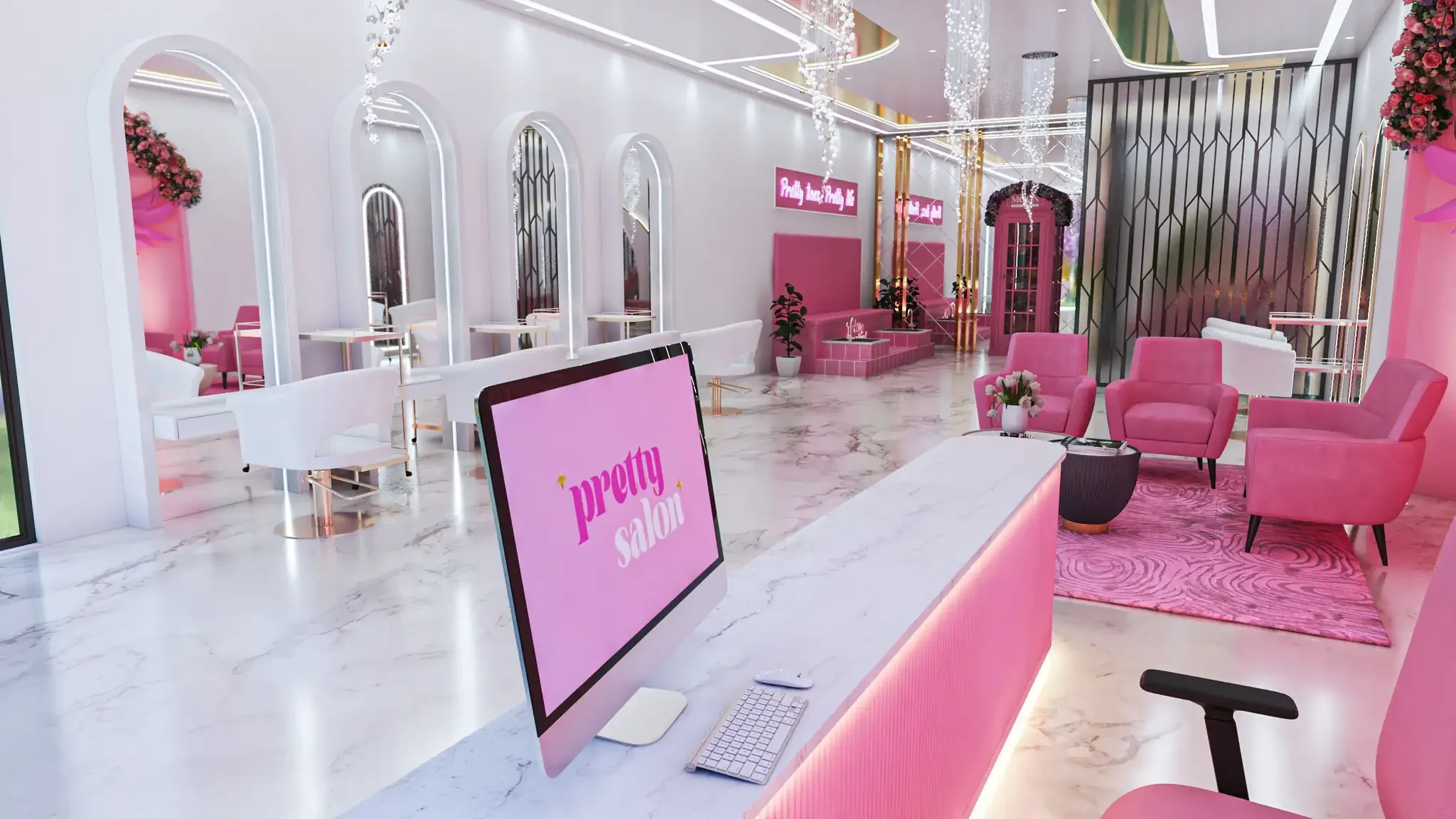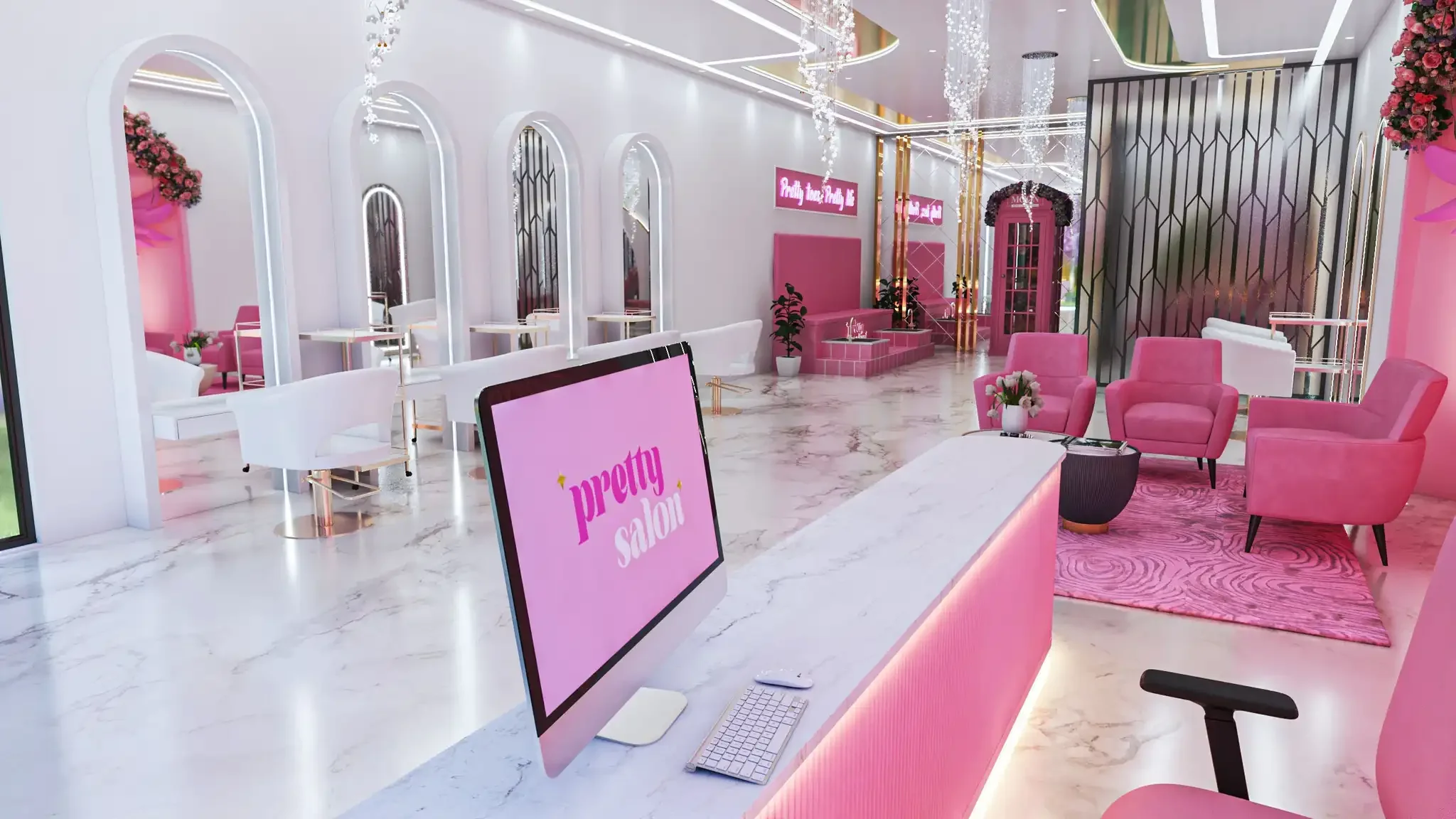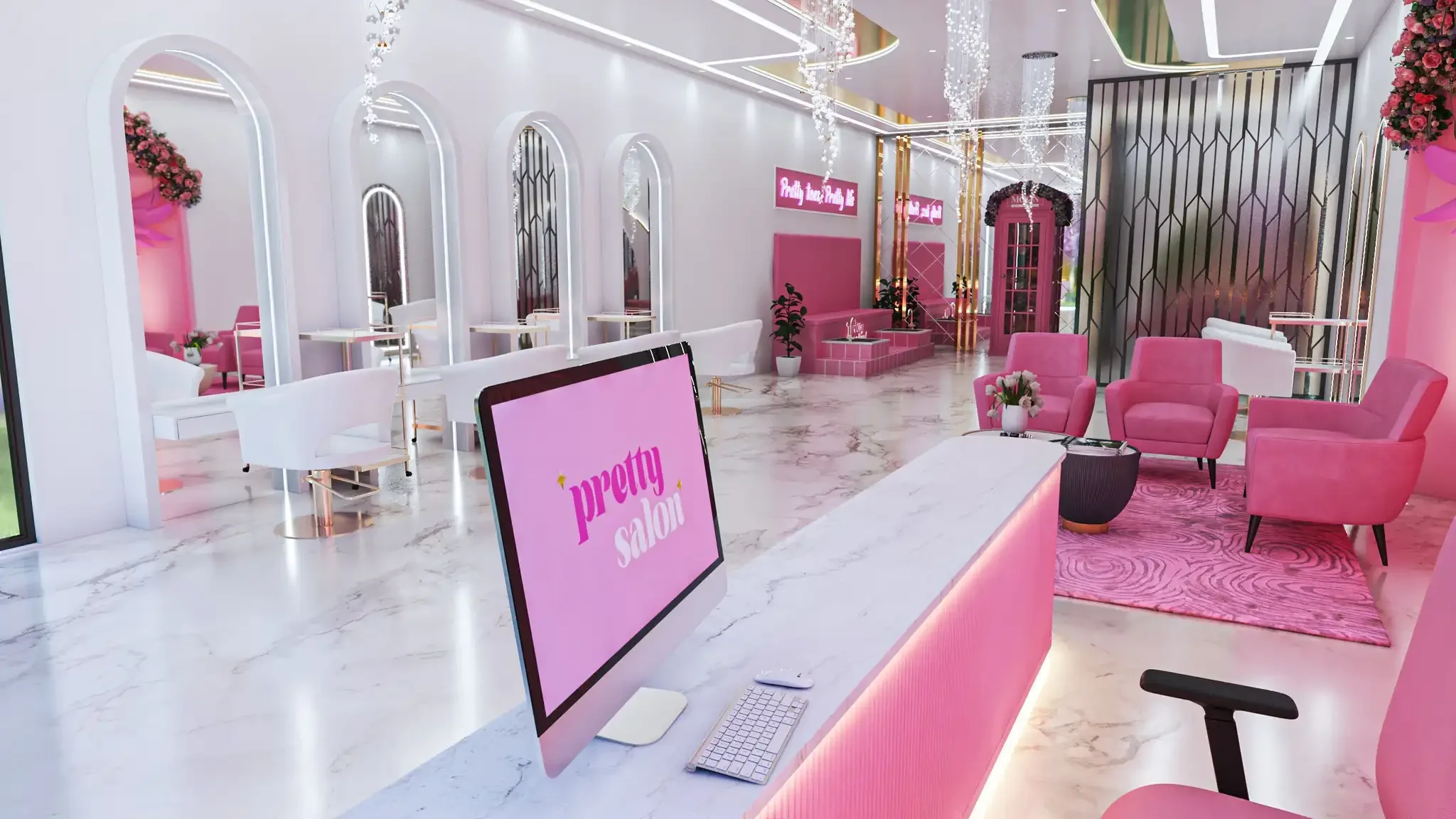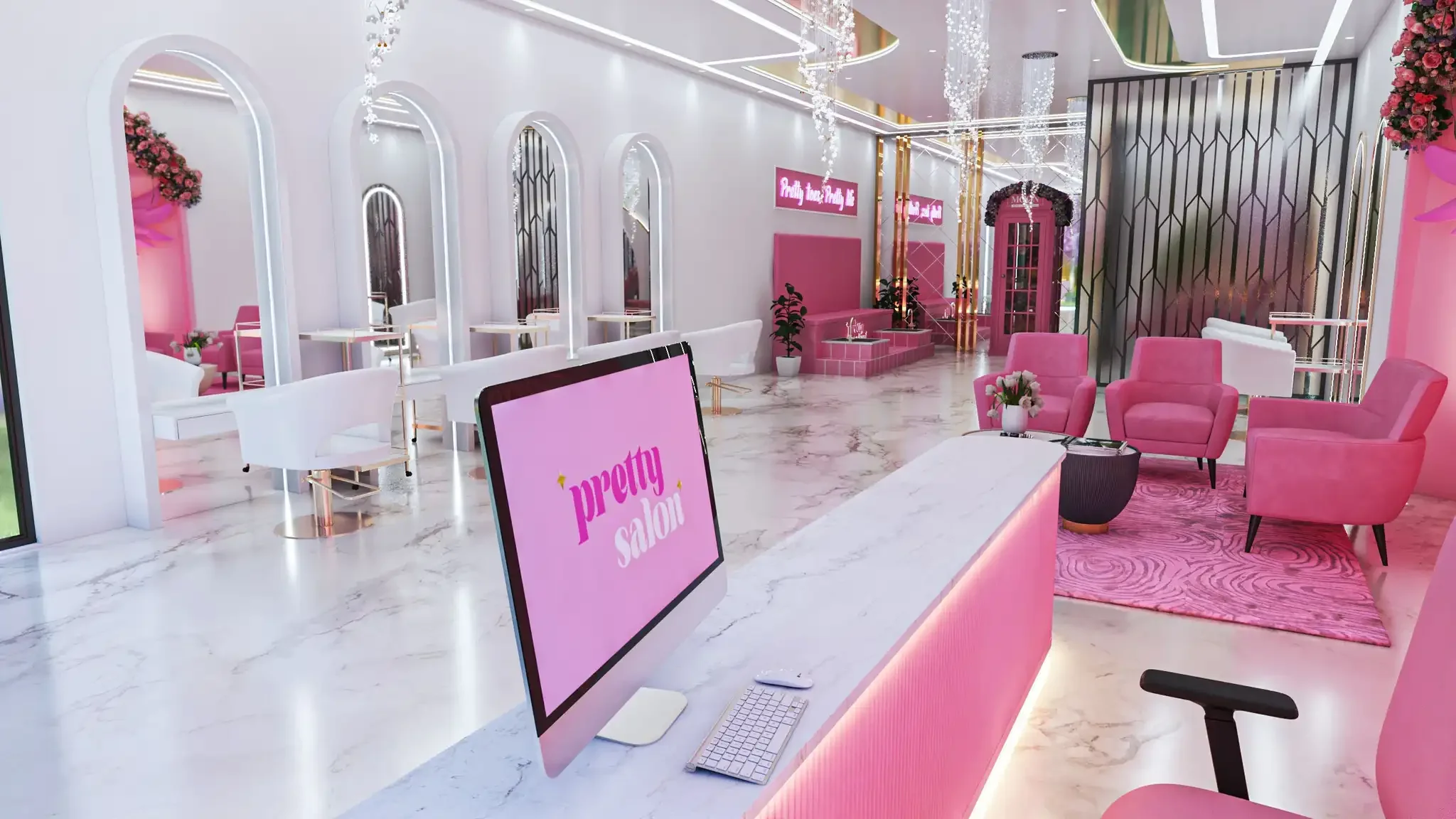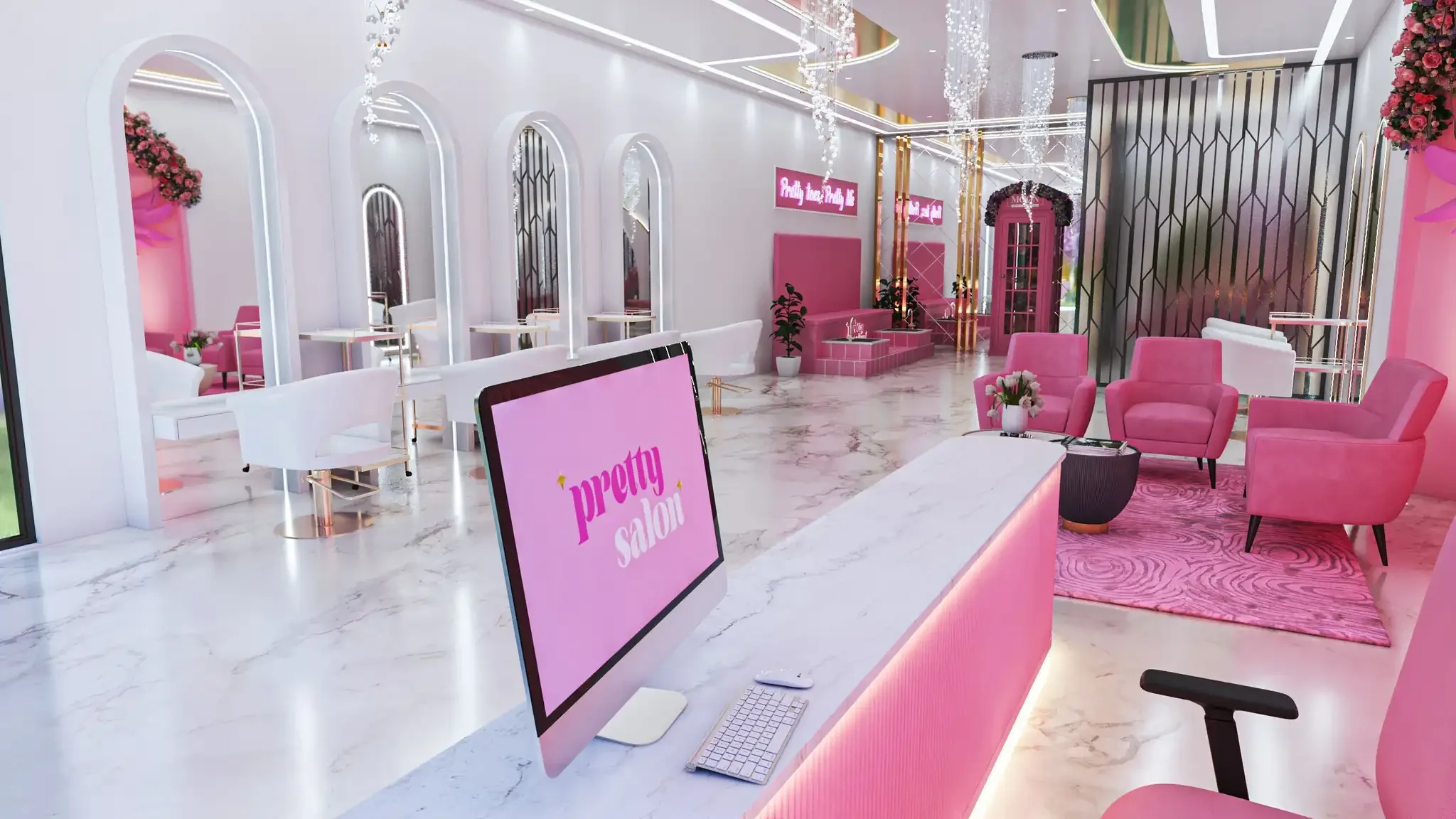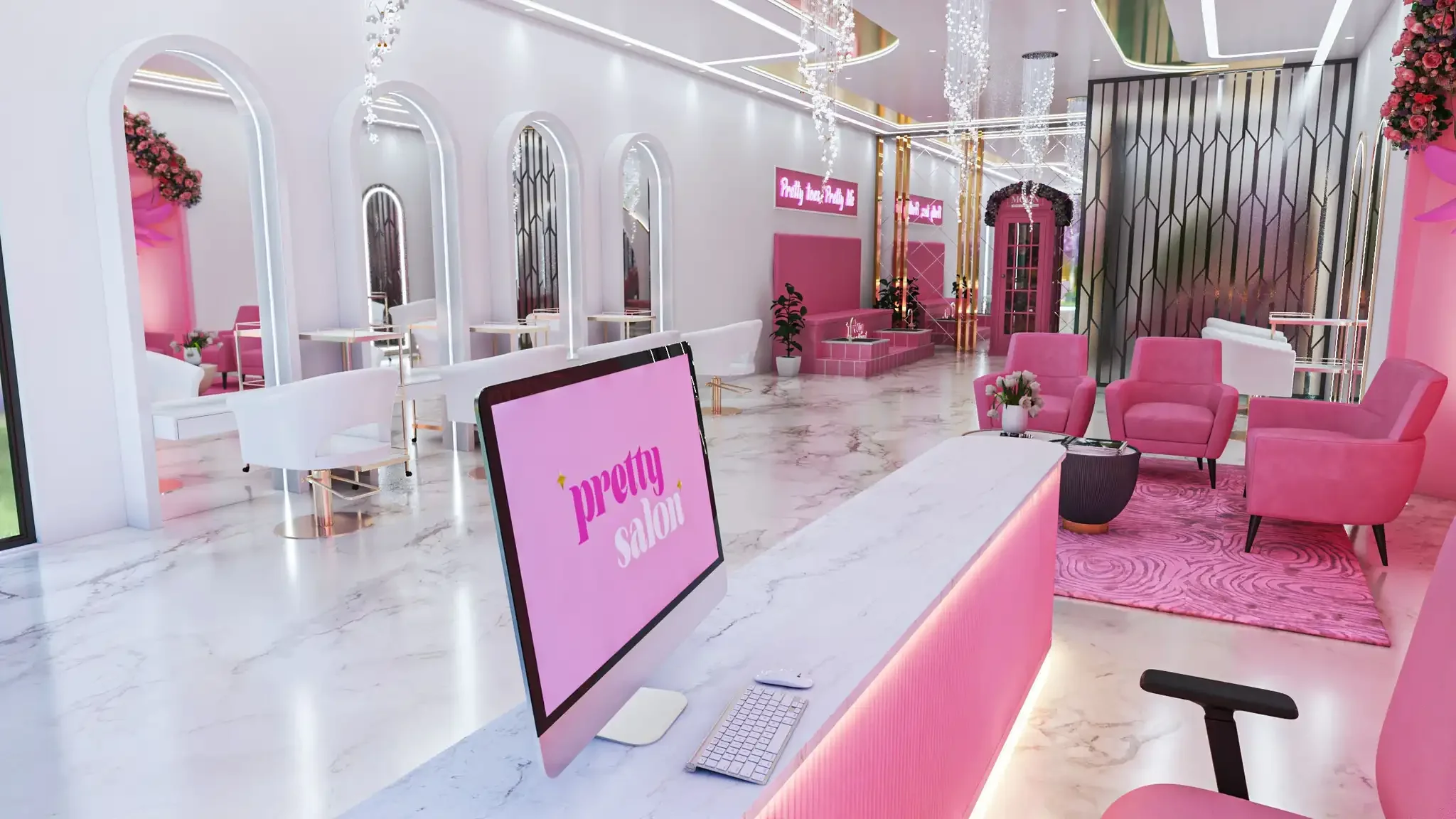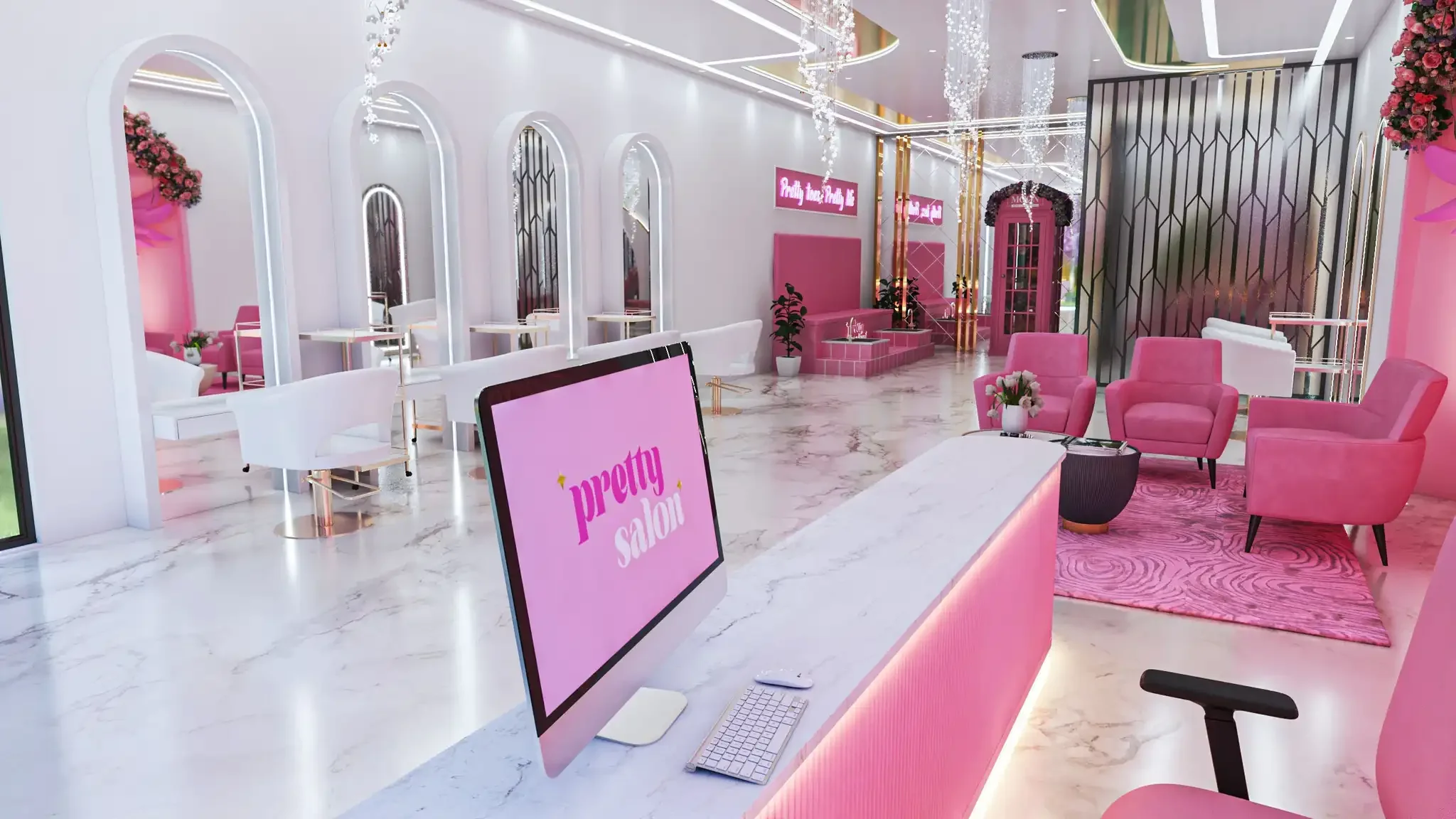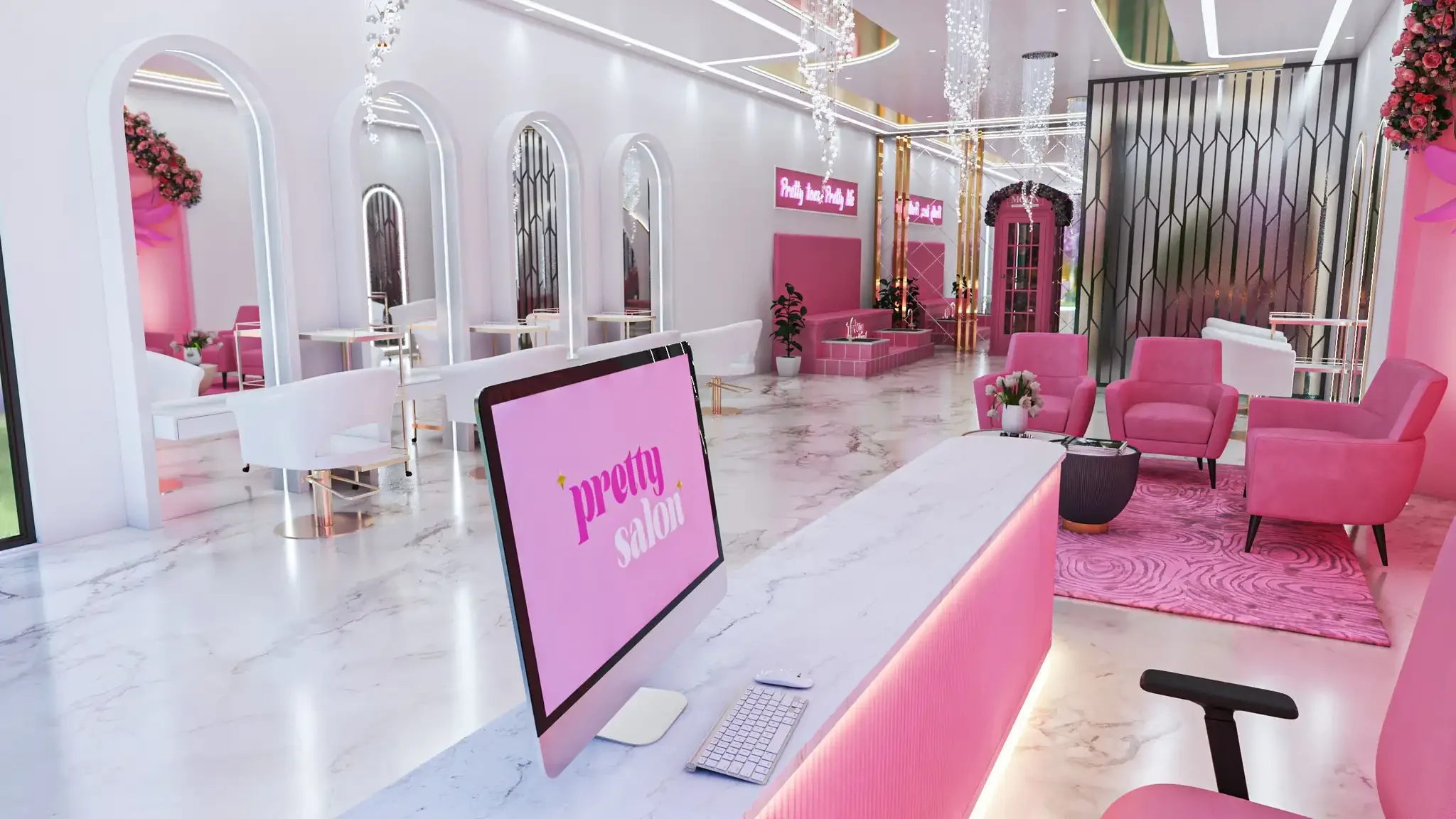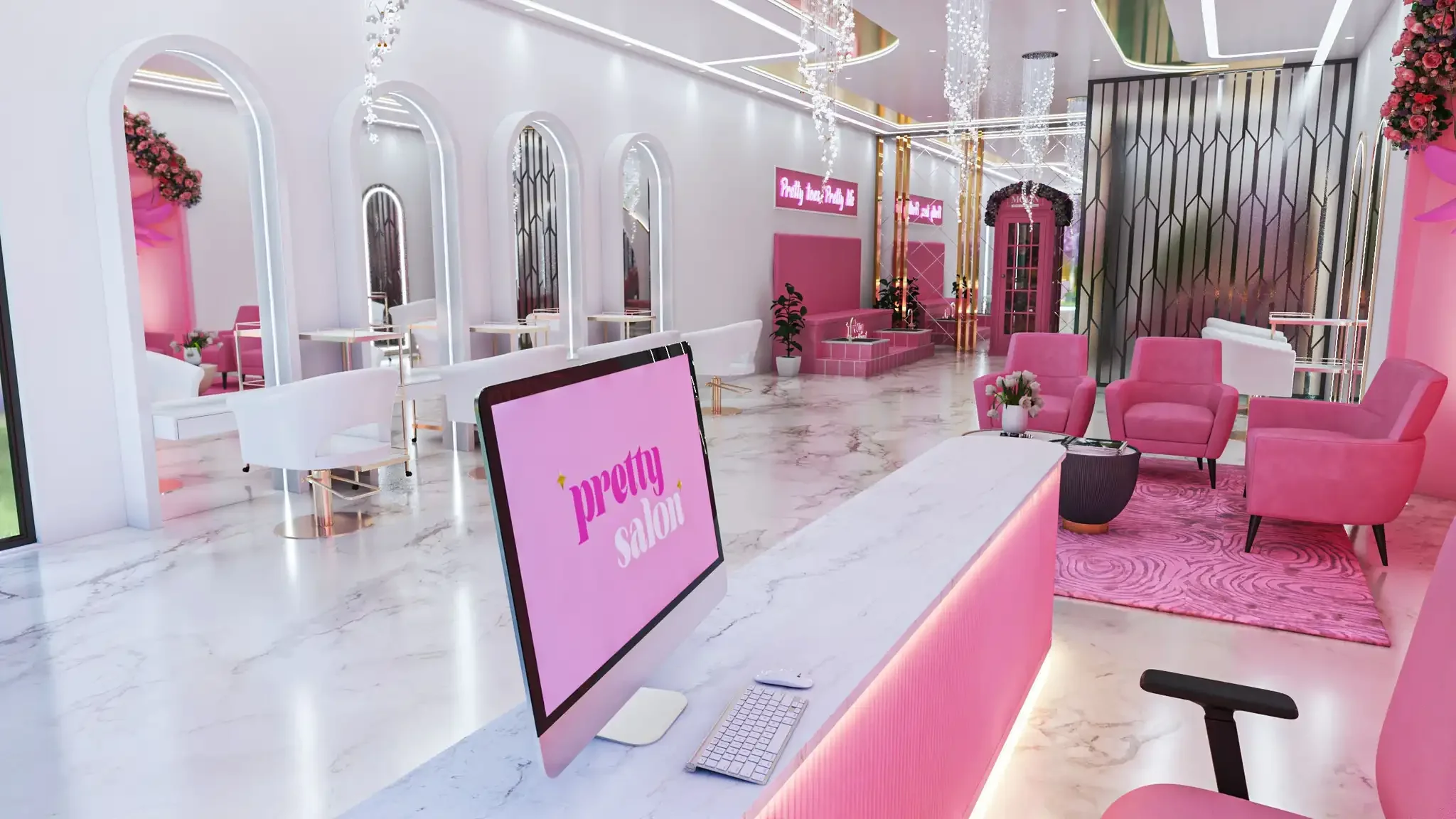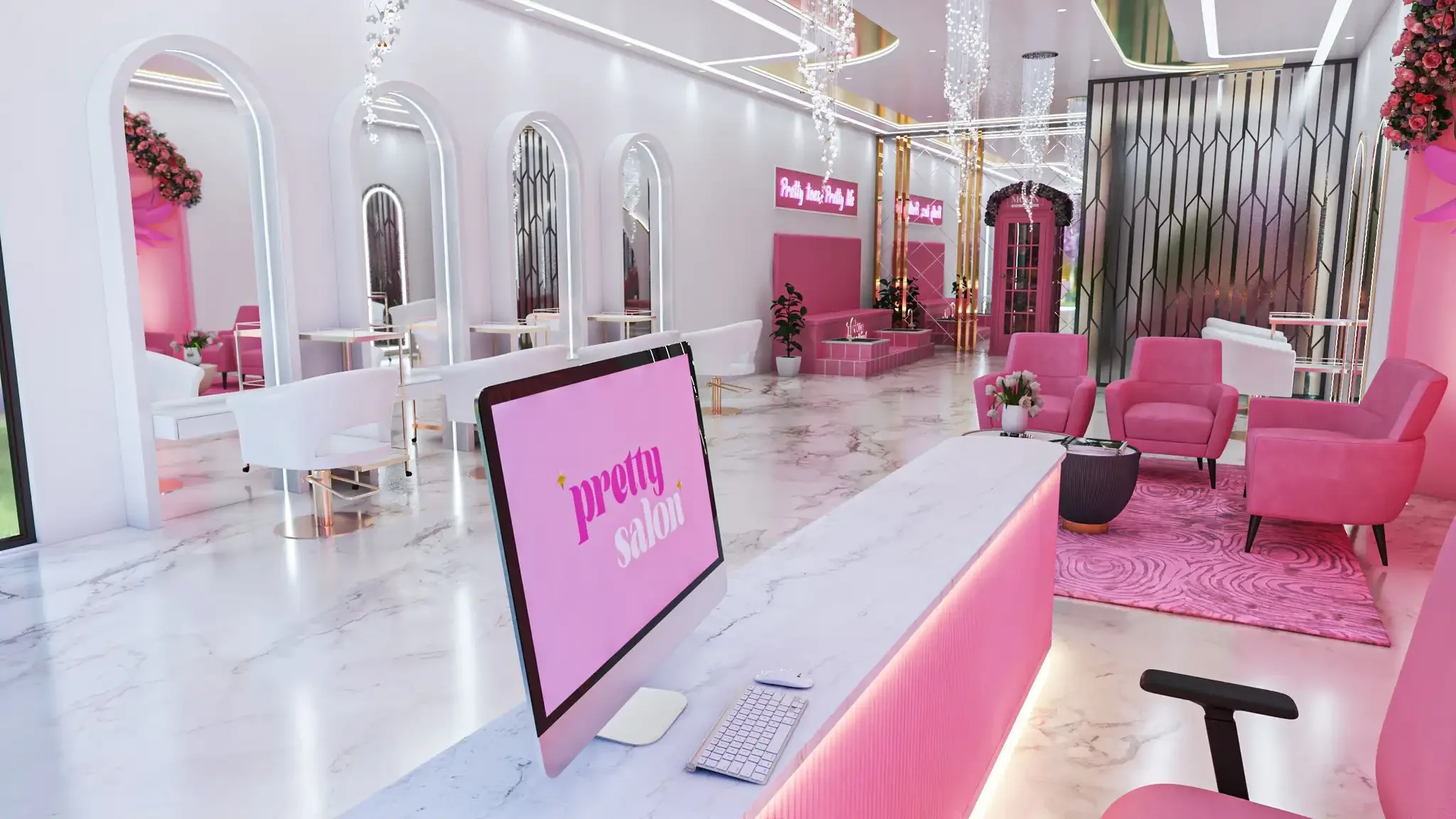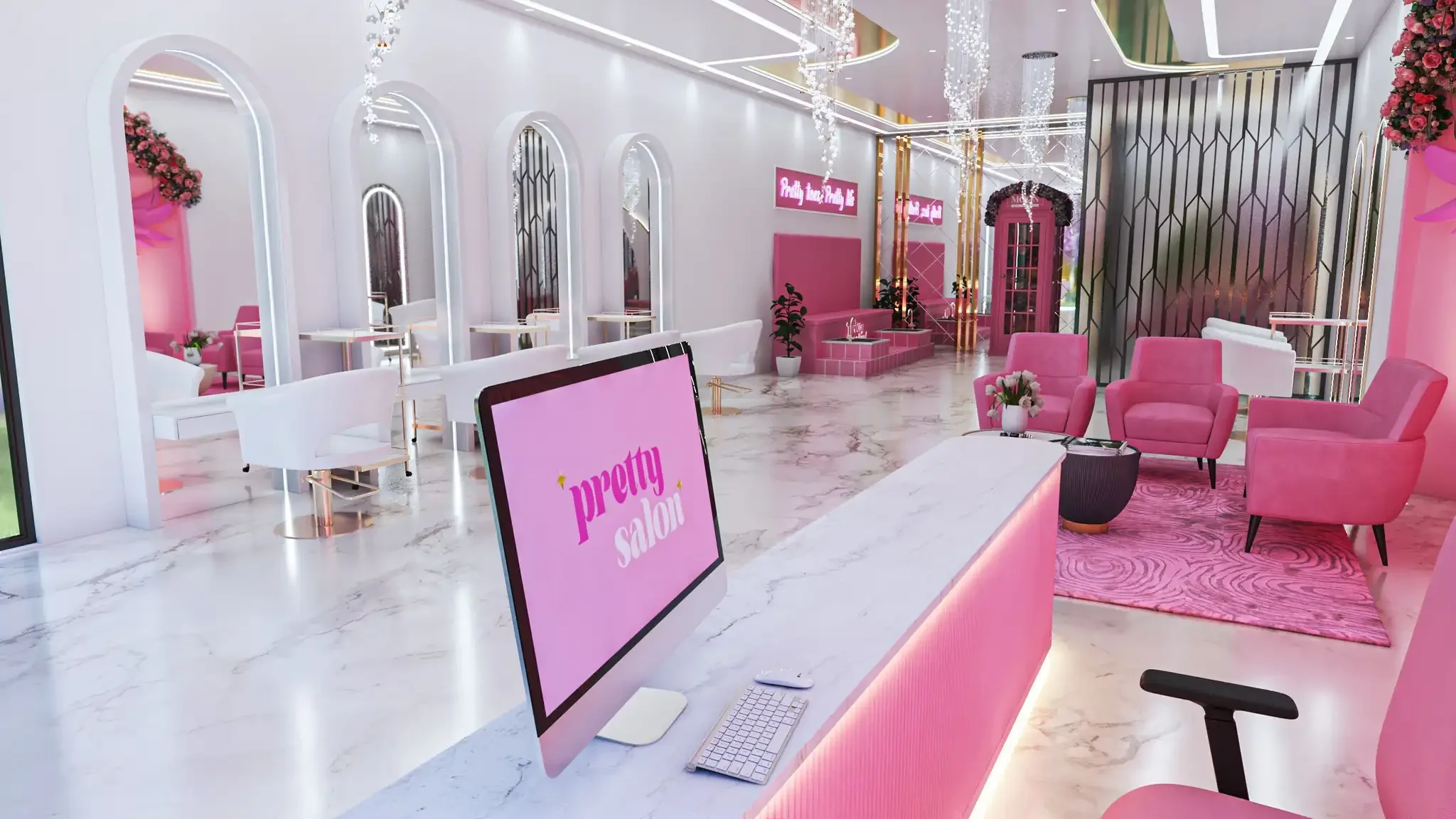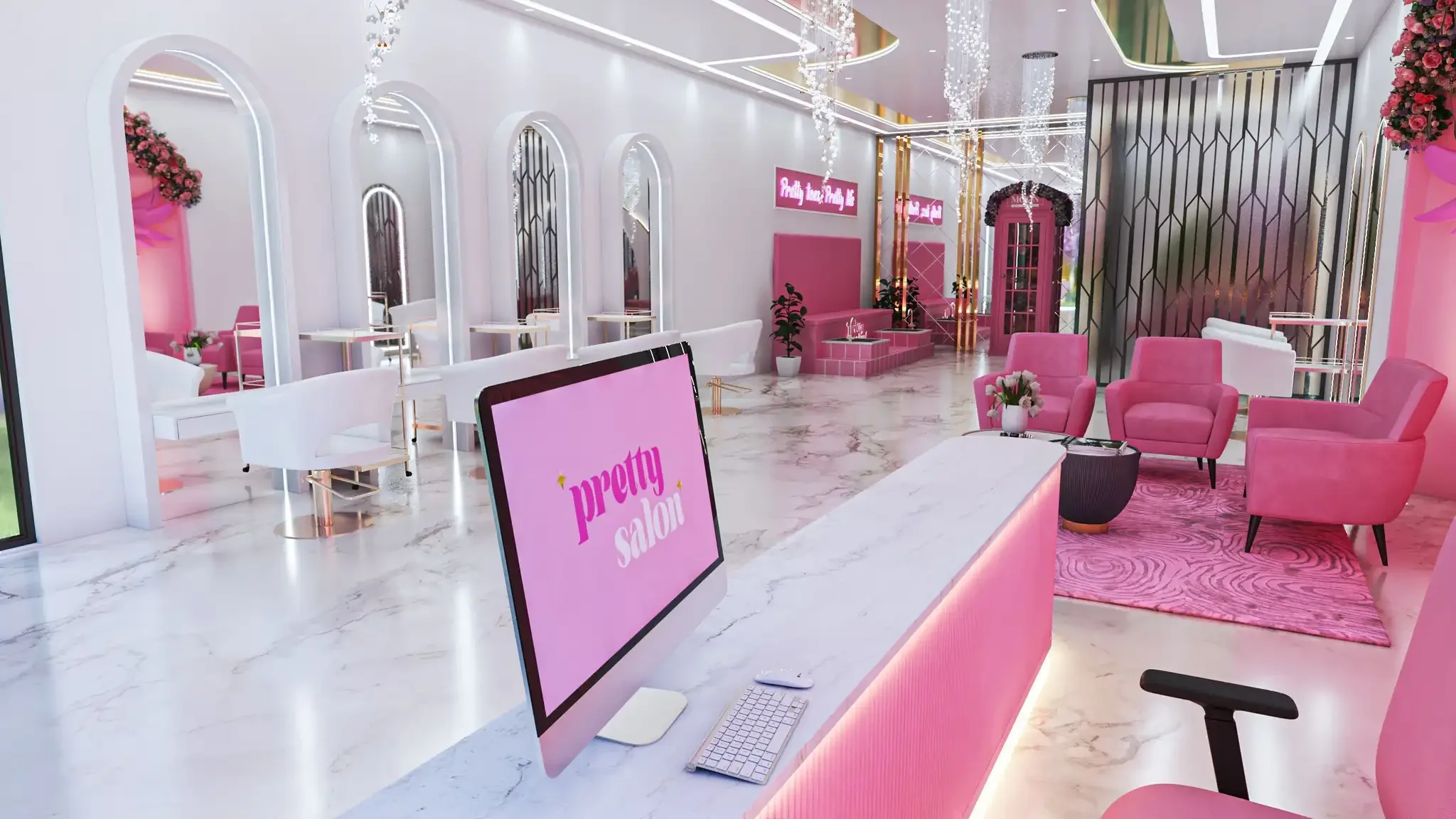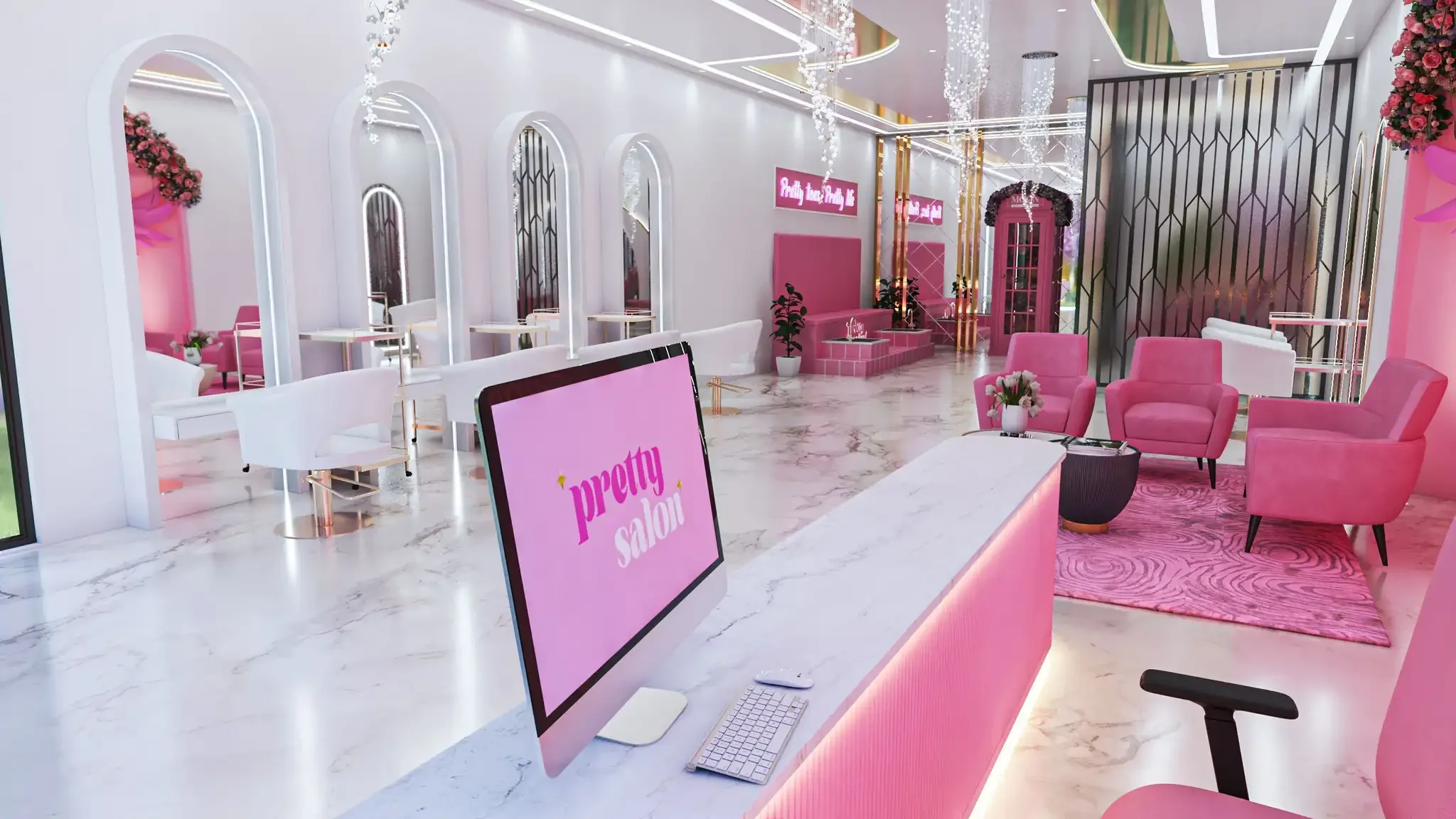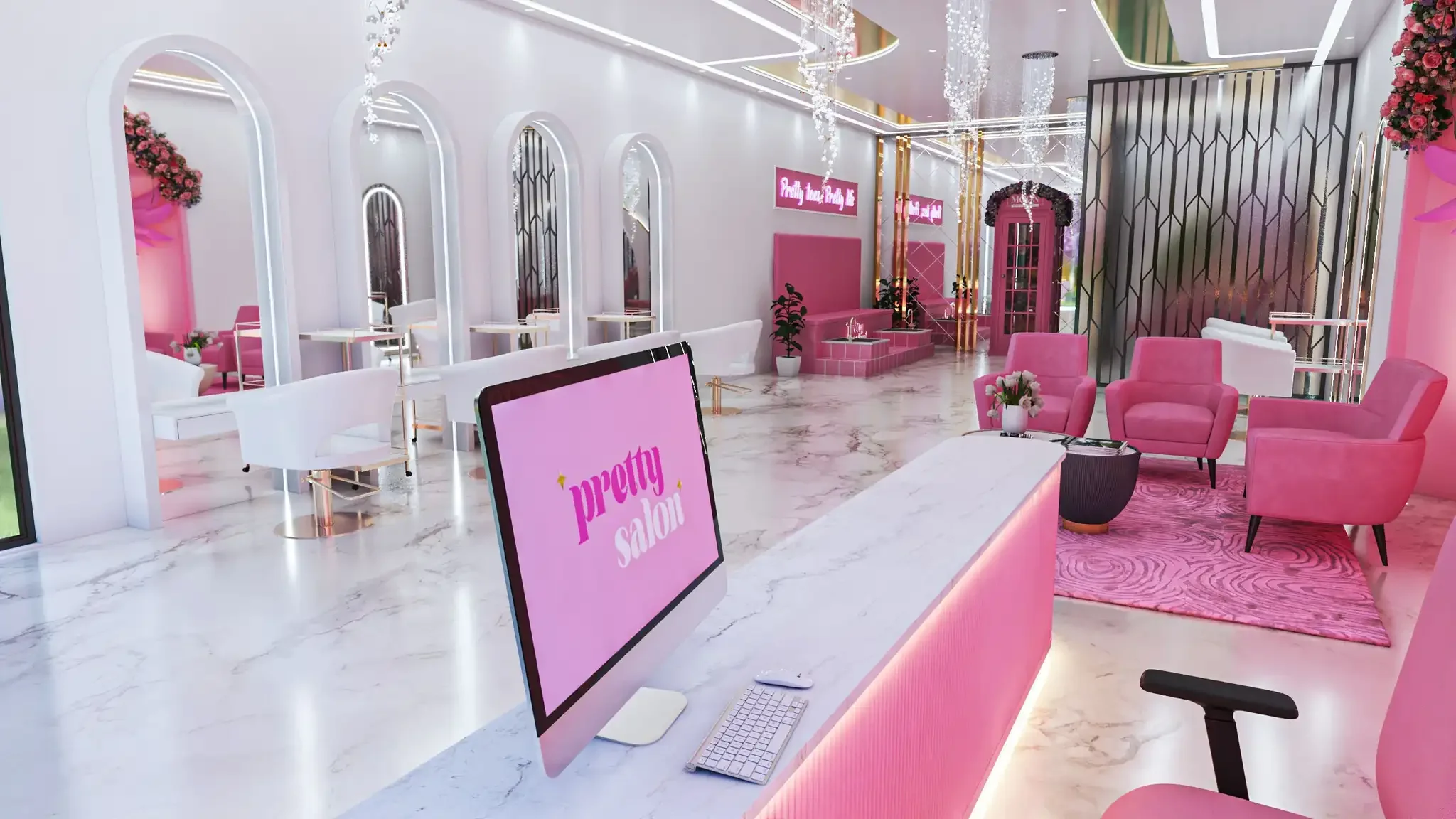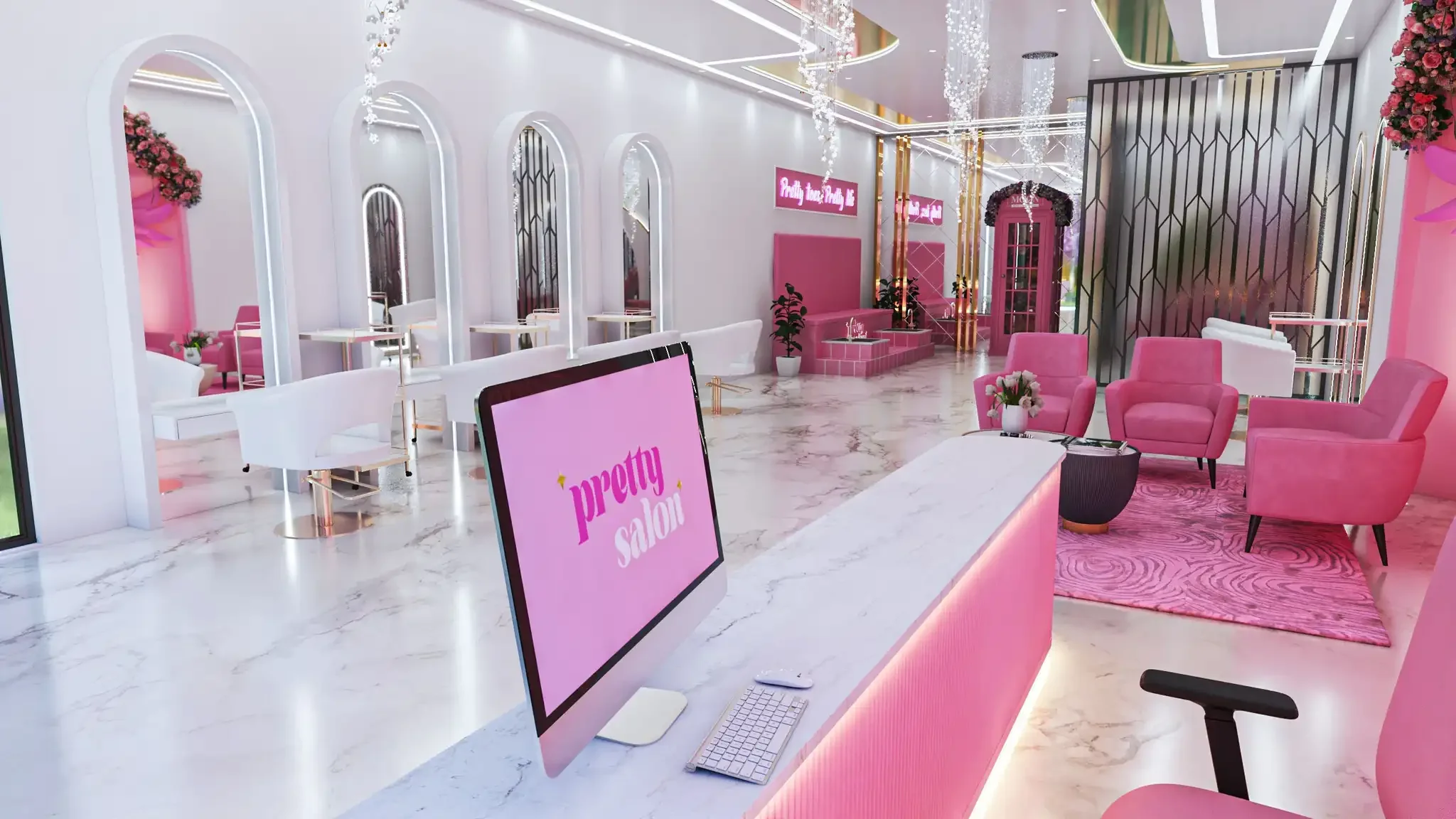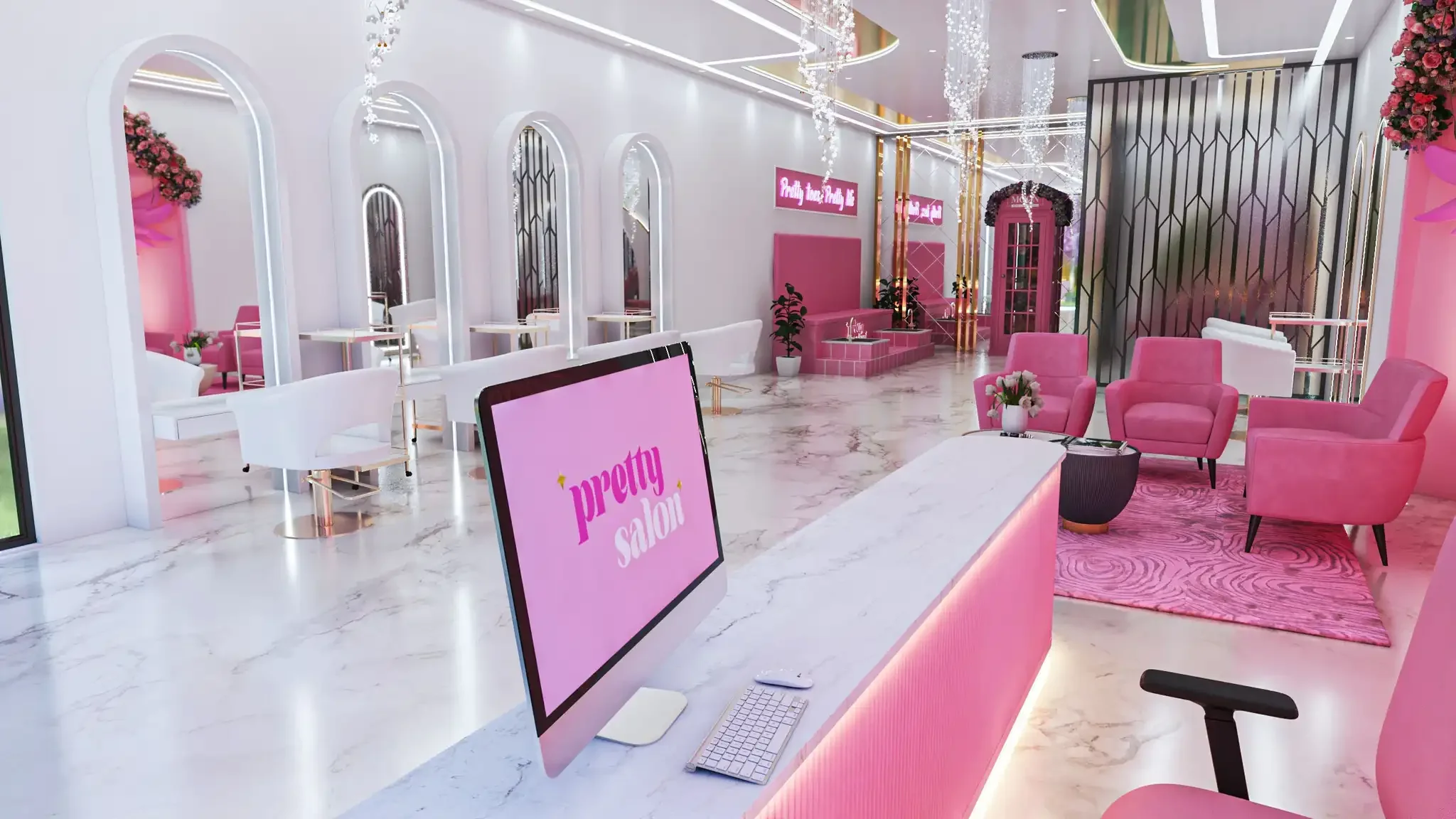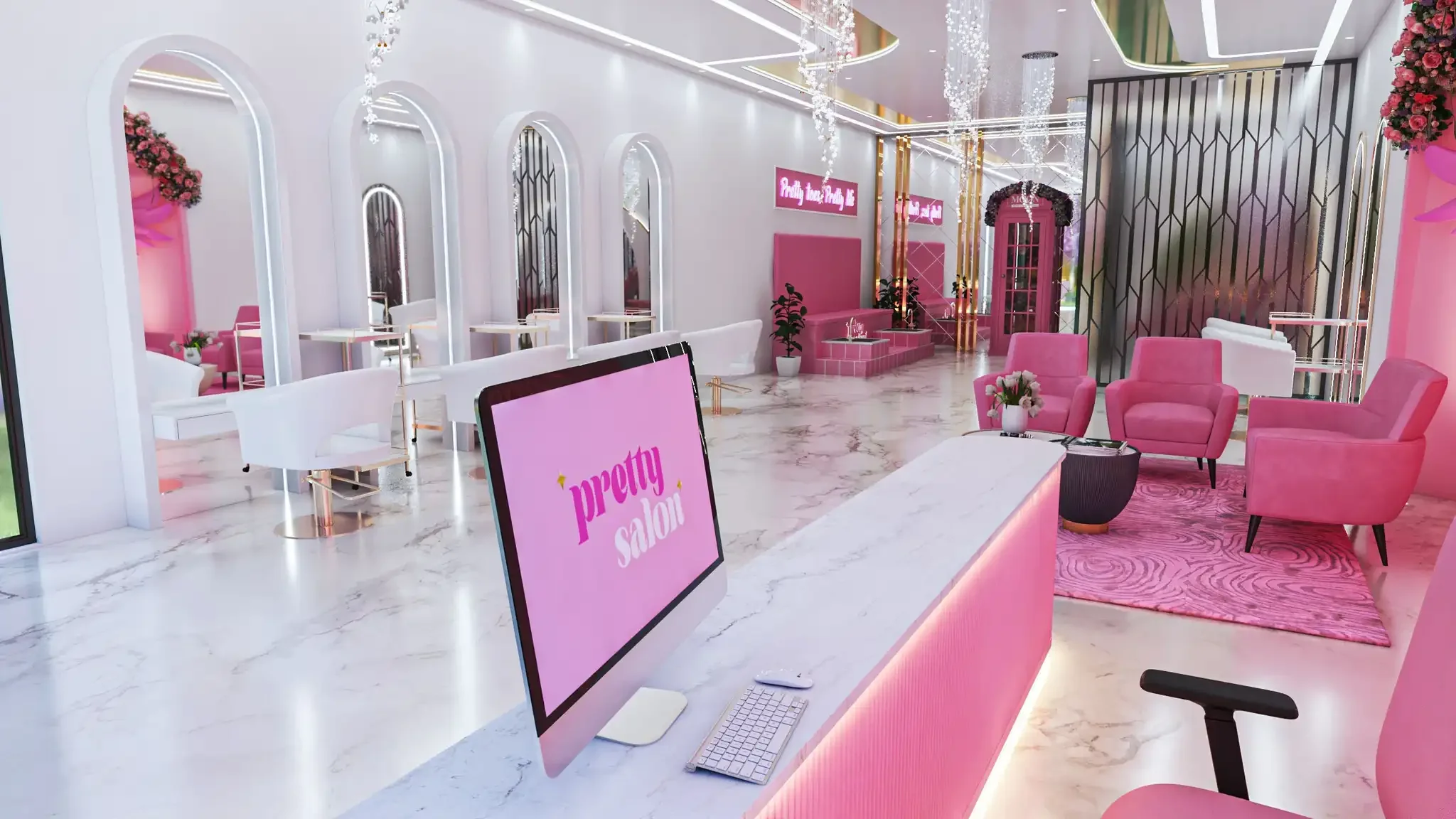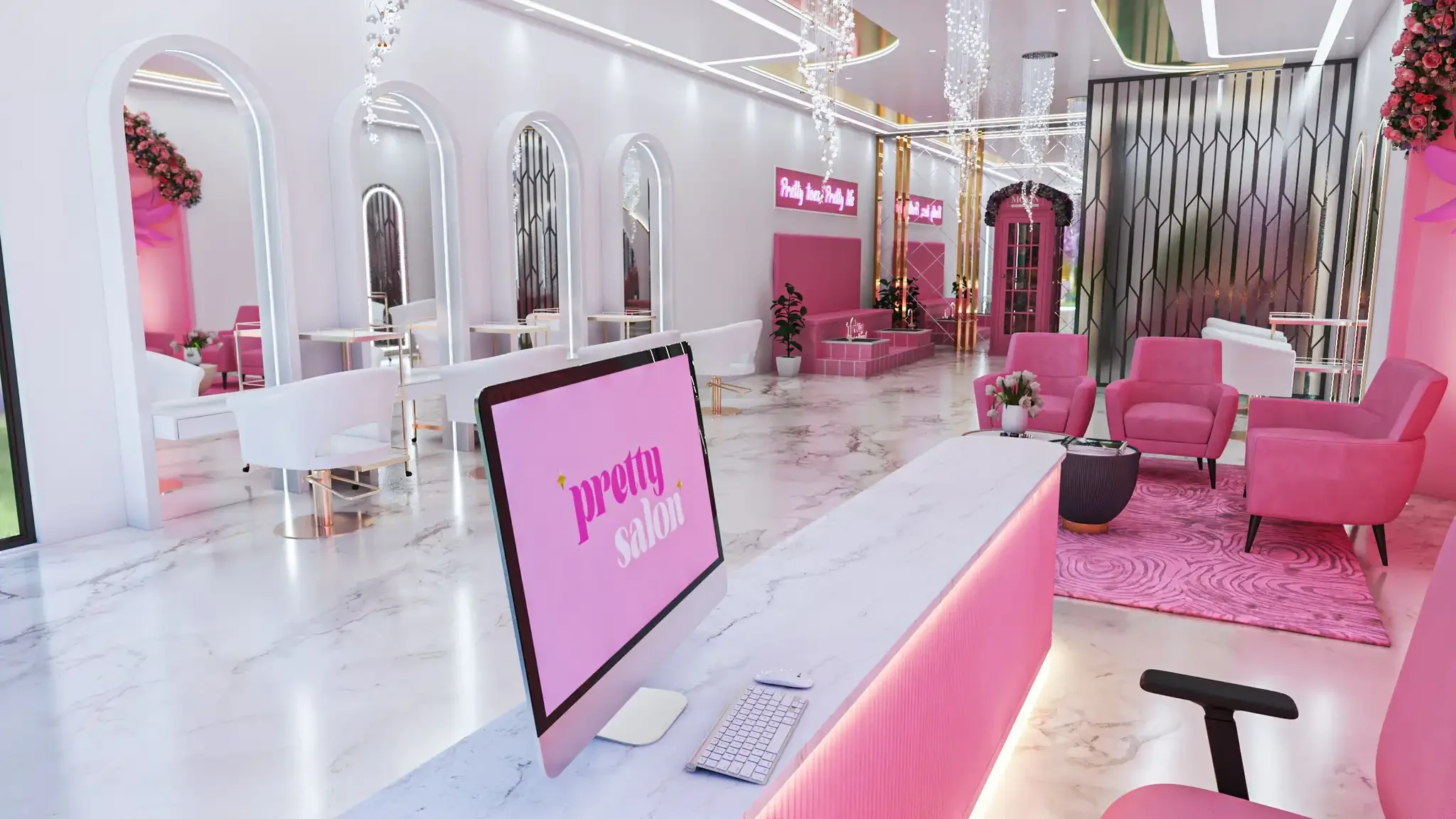The facial treatment industry has experienced remarkable growth in recent years, with more consumers seeking professional skincare…
Beauty Salon Product Insurance: Essential Protection for Your Beauty Business
Running a beauty salon involves using countless products daily – from hair treatments and skincare formulations to nail polishes and chemical solutions. While these products are essential for delivering quality services, they also present unique risks that could potentially harm clients or damage your business reputation. Beauty salon product insurance provides crucial protection against product-related claims and incidents.
Understanding Beauty Salon Product Insurance
Beauty salon product insurance, also known as product liability insurance, protects your business when products you use, sell, or recommend cause harm to clients. This specialized coverage goes beyond standard public liability insurance by specifically addressing risks associated with beauty products and treatments.
The insurance covers legal costs, compensation claims, and associated expenses when clients suffer adverse reactions, injuries, or other damages allegedly caused by products used in your salon. This protection extends to both products you apply during treatments and retail items you sell to clients.
Why Beauty Salons Need Product Insurance
Beauty salons face unique product-related risks that make this insurance essential. Chemical hair treatments can cause scalp burns or allergic reactions. Skincare products might trigger severe skin irritation or contact dermatitis. Even seemingly harmless nail products can cause chemical burns or respiratory issues in sensitive clients.
Product recalls present another significant risk. If a manufacturer recalls a product you've used or sold, you could face multiple claims from affected clients. Without proper insurance, these incidents could result in substantial legal costs and compensation payments that threaten your business survival.
The beauty industry's regulatory environment also creates additional liability exposure. Products must meet strict safety standards, and salons are expected to use them correctly. Any deviation from proper procedures or use of non-compliant products could result in regulatory action and client claims.
Coverage Areas and Protection
Beauty salon product insurance typically covers several key areas. Legal defense costs are included when clients make product-related claims, regardless of whether the claims prove valid. This coverage handles solicitor fees, court costs, and expert witness expenses that can quickly accumulate during legal proceedings.
Compensation payments form another crucial coverage area. If courts find your salon liable for product-related injuries, the insurance covers awarded damages up to your policy limits. This protection extends to both physical injuries and consequential losses clients might suffer.
Product recall coverage helps manage costs when you must remove dangerous products from your premises or contact clients who've purchased affected items. This coverage includes communication costs, product replacement expenses, and associated administrative costs.
The insurance also covers products you manufacture or blend in-house. Many salons create custom treatments by mixing professional products or adding ingredients to existing formulations. These activities create additional liability exposure that standard policies might not address.
Common Claims and Risk Scenarios
Real-world claims help illustrate why product insurance proves essential for beauty salons. Hair coloring incidents represent frequent claim sources, particularly when clients experience severe allergic reactions or chemical burns from bleaching products. Even when patch tests are performed, some clients develop delayed reactions that result in significant medical expenses and compensation claims.
Skincare treatment claims often arise from professional-grade chemical peels or anti-aging treatments. These powerful formulations can cause scarring, hyperpigmentation, or severe irritation when applied incorrectly or used on unsuitable skin types. Claims frequently exceed tens of thousands of pounds when permanent damage occurs.
Nail treatment incidents include chemical burns from gel removal products, infections from contaminated tools, or allergic reactions to nail enhancement products. While individual claims might seem smaller, multiple incidents can create substantial cumulative exposure.
Retail product claims occur when clients purchase products for home use and experience adverse reactions. Even when you provide proper usage instructions, clients might misuse products or fail to follow safety guidelines, leading to injury claims against your salon.
Industry-Specific Considerations
Different beauty salon specializations face varying product risks that affect insurance needs. Hair salons using chemical treatments, bleaching products, and professional-grade styling products face higher exposure than basic cut-and-blow-dry establishments. The frequency and strength of chemical treatments directly correlate with claim likelihood and severity.
Skincare-focused salons using professional peels, microdermabrasion products, or advanced anti-aging treatments require comprehensive coverage due to the potent nature of these products. Medical-grade skincare products present particular risks due to their active ingredient concentrations.
Nail salons face unique challenges from UV lamp exposure, chemical fume inhalation, and contact with various solvents and adhesives. The confined nature of nail work increases exposure risks for both clients and staff.
Multi-service salons combining hair, beauty, and nail services face compound risks requiring careful coverage assessment. Each service area introduces different product categories and associated liability exposures.
Choosing Appropriate Coverage Levels
Selecting suitable coverage limits requires careful consideration of your salon's specific risk profile. Factors influencing coverage needs include your service range, client volume, product types used, and local claim trends. Urban salons serving diverse clientele might face higher claim frequencies than rural establishments with regular customer bases.
Consider your most expensive potential claims when setting limits. Severe chemical burns or permanent scarring could result in six-figure compensation awards, particularly if they affect clients' professional appearance or cause ongoing medical issues. Legal costs can easily reach £50,000-£100,000 for complex cases, even before any compensation payments.
Your product sourcing also affects coverage requirements. Salons using exclusively professional, well-established brands might face lower risks than those experimenting with new or lesser-known products. However, even reputable brands occasionally face recalls or formulation issues that create liability exposure.
Risk Management and Prevention
While insurance provides essential protection, implementing strong risk management practices helps minimize claim likelihood and demonstrates due diligence to insurers. Proper staff training ensures products are used correctly and safely. Regular training updates keep staff informed about new products, techniques, and safety protocols.
Comprehensive client consultation processes help identify potential allergies, sensitivities, or contraindications before treatments begin. Detailed consultation forms and patch testing protocols provide valuable documentation if claims arise later.
Product storage and handling procedures prevent contamination, degradation, or accidental mixing that could create dangerous situations. Proper ventilation systems protect both clients and staff from chemical fumes and vapors.
Maintaining detailed treatment records helps defend against claims by demonstrating proper procedures were followed. These records should include products used, quantities applied, client reactions, and any adverse events observed during or after treatments.
Policy Features and Exclusions
Understanding policy terms helps ensure you select appropriate coverage for your needs. Most policies operate on a claims-made basis, meaning they cover claims made during the policy period regardless of when the incident occurred. This structure requires careful consideration when changing insurers or policy terms.
Territorial coverage defines where your insurance applies. UK-based policies typically cover incidents occurring within the UK, but may exclude overseas treatments or product sales. If you provide services abroad or sell products internationally, ensure your policy extends coverage accordingly.
Common exclusions include intentional acts, criminal behavior, or use of prohibited products. Policies might exclude products not approved for professional use or those used outside manufacturer guidelines. Some policies exclude certain high-risk treatments or products unless specifically declared.
Cost Factors and Considerations
Beauty salon product insurance costs vary significantly based on multiple factors. Your salon size, service range, annual turnover, and claims history all influence premiums. Salons offering high-risk treatments like chemical peels or hair straightening typically pay higher premiums than basic service providers.
Geographic location affects pricing due to varying claim frequencies and legal costs across different regions. London salons often face higher premiums than rural establishments due to increased claim likelihood and higher compensation awards.
Your chosen coverage limits and deductibles directly impact costs. Higher limits provide better protection but increase premiums, while higher deductibles reduce premiums but increase your financial exposure when claims occur.
Integration with Other Insurance Policies
Product insurance works alongside other essential salon coverages to provide comprehensive protection. Public liability insurance covers general accidents and injuries not related to specific products. Professional indemnity insurance protects against advice-related claims and treatment errors not involving product issues.
Employers liability insurance remains mandatory if you employ staff, covering work-related injuries and illnesses. Property insurance protects your premises, equipment, and stock against damage or theft. Business interruption insurance helps maintain cash flow if incidents force temporary closure.
Understanding how these policies interact prevents coverage gaps and ensures comprehensive protection. Some insurers offer combined policies that integrate multiple coverage types, potentially providing cost savings and simplified administration.
Claims Process and Management
When product-related incidents occur, prompt and proper claim handling protects your interests and maintains client relationships. Immediate incident documentation helps preserve evidence and demonstrates professional response. Record all relevant details including products used, client reactions, and remedial actions taken.
Notify your insurer immediately, even if you're unsure whether a claim will develop. Early notification allows insurers to provide guidance and potentially minimize claim severity. Delayed notification might jeopardize coverage or complicate claim resolution.
Cooperate fully with insurer investigations while protecting your legal interests. Avoid admitting liability or making statements that could prejudice your position. Let your insurer handle communications with claimants and their representatives.
Regulatory Compliance and Standards
Beauty salon product insurance helps demonstrate compliance with industry standards and regulatory requirements. Professional bodies often require members to maintain adequate insurance coverage, including product liability protection.
Local authority licensing conditions might specify minimum insurance requirements for beauty businesses. Ensuring your coverage meets or exceeds these requirements helps maintain your operating licenses and professional standing.
Consumer protection legislation creates additional obligations for beauty businesses. Product insurance helps you meet these responsibilities while protecting against associated liability exposure.
Future Trends and Considerations
The beauty industry continues evolving with new products, techniques, and client expectations creating fresh challenges for salon operators. Organic and natural product trends might seem safer but can still cause allergic reactions or other adverse effects. These products often lack extensive testing data, potentially complicating claim defense.
Advanced treatment technologies introduce new risk categories requiring careful insurance consideration. LED therapy, radiofrequency treatments, and other technology-based services blur lines between beauty treatments and medical procedures, potentially affecting coverage requirements.
Increasing client awareness and willingness to pursue compensation claims means salons must maintain robust protection against product-related risks. Social media amplifies negative experiences, making reputation protection increasingly important alongside financial coverage.
Conclusion
Beauty salon product insurance provides essential protection against the unique risks associated with using professional beauty products and treatments. While no insurance can prevent incidents from occurring, comprehensive product coverage ensures your business can survive the financial impact of client claims and continue serving your community.
The relatively modest cost of product insurance provides exceptional value compared to the potential financial devastation of uninsured claims. By combining appropriate insurance coverage with strong risk management practices, beauty salon operators can focus on delivering excellent services while maintaining confidence in their financial security.
Investing in comprehensive product insurance demonstrates professionalism and commitment to client safety that enhances your salon's reputation and competitive position. In an industry where trust and safety are paramount, proper insurance coverage provides both practical protection and valuable peace of mind for salon operators and their clients.


 0330 127 2333
0330 127 2333



